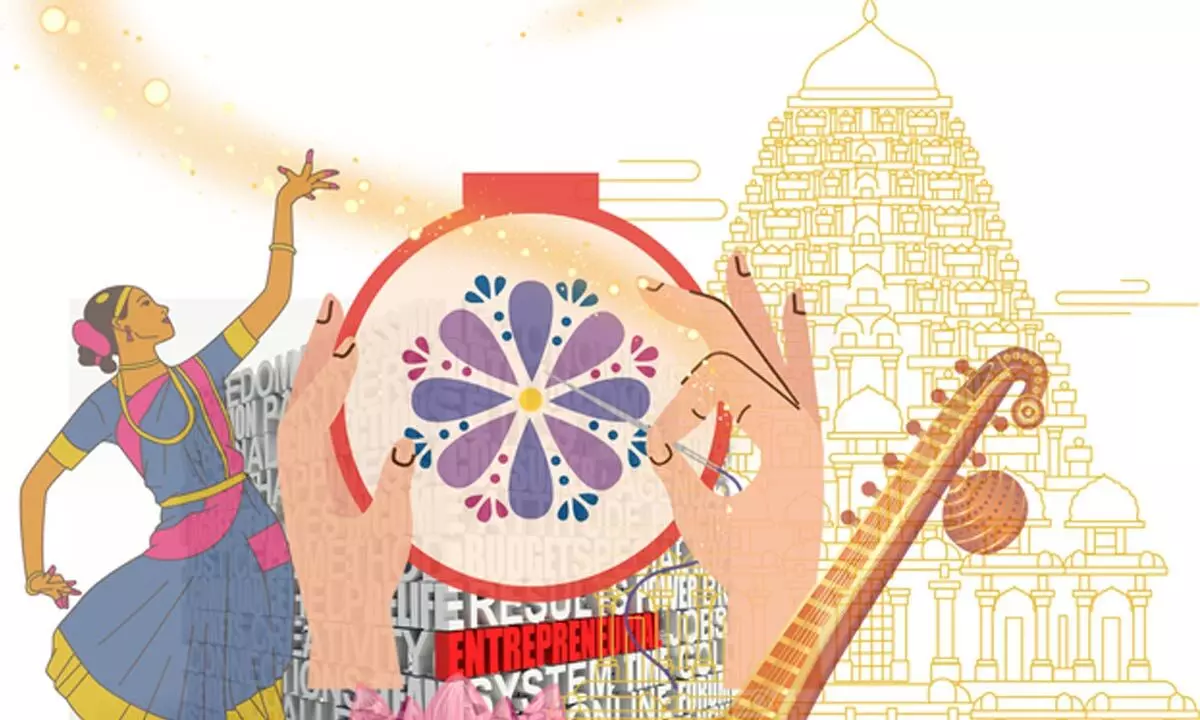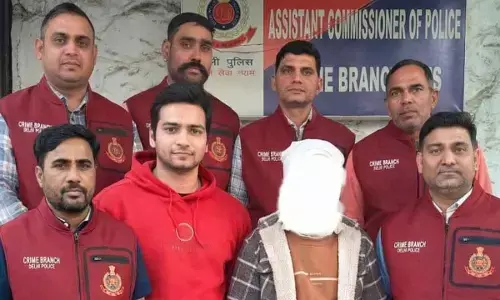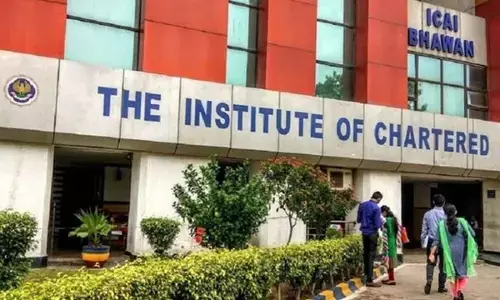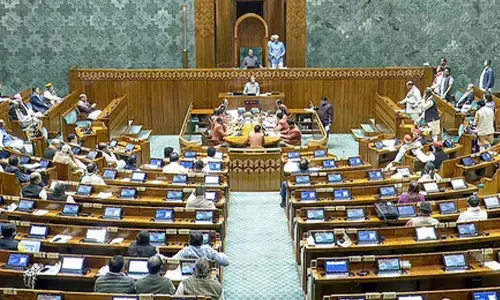Enhancing Cultural Heritage: Understanding the Value Chain and Supply Chain

The terms “value chain” and “supply chain” are often used interchangeably, but they represent different concepts in the context of culture goods and services.
The terms “value chain” and “supply chain” are often used interchangeably, but they represent different concepts in the context of culture goods and services. The value chain focuses on adding value to cultural products or services at every stage, from creation to consumption. It includes activities related to the conceptualization and creation of cultural goods and services, preservation and documentation, marketing and distribution strategies, and consumption and participation.
The supply chain focuses on efficient production and distribution, aiming to streamline operations to reduce costs and improve delivery times. It comprises components such as sourcing and procurement, production, logistics and distribution, and sales and retail. Examples of cultural goods and services include traditional dance performances, handcrafted pottery, and other cultural goods.
Key differences between the two chains include their objectives, activities, end goals, scope, and scope. The value chain aims to enhance the value and appeal of the product/service through each stage, while the supply chain ensures efficient and cost-effective production and delivery. The scope of the value chain is broader, involving creative and value-adding processes, while the supply chain focuses on the physical flow of goods and materials.
Understanding both concepts is essential for developing a sustainable and impactful cultural industry. The value chain ensures that cultural products are enriched and made valuable at every stage, while the supply chain ensures that these valuable products are produced and delivered efficiently to the market.
The value chain for culture goods and services is a complex process that involves the creation, preservation, enhancement, and dissemination of cultural products and services. It is crucial for the sustainable development of cultural industries, especially in countries like Bharat. The value chain comprises four stages: creation and production, preservation and documentation, marketing and distribution, and consumption and participation.
The first stage involves the conceptualization, creation, and production of cultural goods and services by artists, craftsmen, performers, writers, and other cultural creators. This includes traditional crafts, contemporary art, literature, music, dance, theater, and digital cultural content. Preservation and documentation are essential for safeguarding intangible cultural heritage such as oral traditions, folklore, and rituals. Marketing and distribution strategies are crucial for reaching a wider audience, including online platforms, exhibitions, festivals, and cultural fairs. Collaborations with tourism sectors can also enhance visibility and accessibility.
Challenges in the chain for culture goods and services include fragmentation, lack of infrastructure, limited funding and investment opportunities, and lack of awareness, education and skilling in the value of cultural heritage and the potential of cultural industries. To address these challenges and enhance the value chain for cultural goods and services in Bharat, a comprehensive and integrated model is required. This model aims to create a sustainable ecosystem for cultural industries.
Cultural hubs and clusters can facilitate collaboration, innovation, and shared resources. These hubs can be regional centers that bring together artists, craftsmen, cultural organizations, and businesses. They provide shared infrastructure, skill development, and market access for buyers, tourists, and cultural enthusiasts. Digital platforms and e-commerce can significantly enhance the reach and accessibility of cultural goods and services. Public-private partnerships (PPPs) can help attract investments for cultural projects and initiatives, build and maintain cultural infrastructure, and promote marketing and promotion.
Education and awareness programs are essential for increasing awareness and education about cultural heritage and industries. Curriculum integration, public awareness campaigns, workshops, and seminars can help educate communities and stakeholders about cultural preservation and promotion. Sustainable tourism integration can provide additional revenue streams and enhance cultural experiences.
The value or supply chain for culture goods and services is a complex and dynamic process that requires careful planning and execution. By adopting a comprehensive model that integrates cultural hubs, digital platforms, public-private partnerships, education, and sustainable tourism, Bharat can enhance its cultural industries and ensure the preservation and promotion of its rich cultural heritage.
Some of the models like Cultural Hub, Digital platform Interface, PPP model, Cultural Tourism Circuit, Education and Awareness Program Framework should be developed to effectively value and supply chain of Cultural goods and services.
Cultural Hub Ecosystem consists of a central hub building, workshops, exhibition spaces, marketplaces, training centers, and visitor engagement areas. The Digital Platform Interface is an e-commerce platform for cultural goods, featuring a homepage, categories, product pages, virtual exhibition spaces, and a user interface for digital archives. The Public-Private Partnership Model illustrates collaboration between government, private sector, and cultural organizations. The Cultural Tourism Circuit has key cultural sites, tourist facilities, routes, and experiences. The Education and Awareness Program Framework outlines components of education and awareness programs.
The Sustainable Cultural Business Model should be encouraged which will be tailored for cultural goods and services, incorporating value propositions, customer segments, channels, relationships, revenue streams, activities, resources, partners, and cost structure.
The Artist-Cooperative Model can also be one of effective initiation which will focus on cooperative governance, shared resources, joint exhibitions, and collective bargaining for materials.
The Integrated Cultural and Eco-Tourism Model can be a takeaway which integrates cultural experiences with eco-tourism, focusing on cultural experiences, eco-friendly practices, community involvement, and local economy and environment benefits.
Successful examples of business models for cultural goods and services include artisans’ cooperatives, cultural tourism circuits, digital platforms like Etsy, public-private partnerships like the Louvre Abu Dhabi, sustainable cultural business models like Kerala’s Responsible Tourism Initiative, and artist-cooperatives like the Creative Artisans Network. These models empower traditional craftsmen, provide direct access to markets, and promote the preservation and promotion of traditional crafts. Rajasthan’s Cultural Heritage Tours integrate its rich cultural heritage with tourism, attracting tourists seeking authentic experiences and boosting the local economy. Etsy’s digital platform connects millions of buyers and sellers globally, focusing on handmade, vintage, and unique products. Public-private partnerships like the Louvre Abu Dhabi combine world-class art with educational programs and cultural experiences, attracting visitors from around the globe. Sustainable cultural business models like Kerala’s Responsible Tourism Initiative integrate cultural experiences with sustainable tourism practices, promoting sustainable development and community involvement. Artist-cooperatives like the Creative Artisans Network pool resources to reduce costs, access better materials, and gain greater market visibility.


















